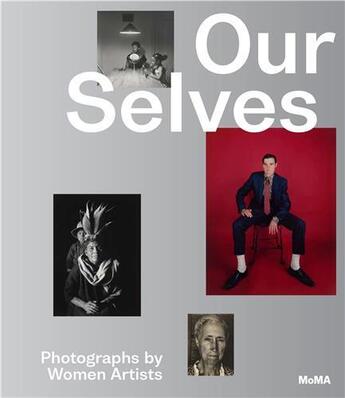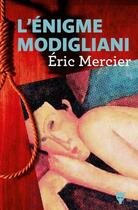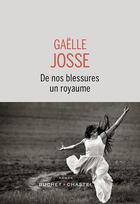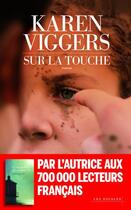-
Date de parution : 06/04/2022
-
Editeur :
Moma
-
EAN : 9781633451339
-
Série :
(-)
-
Support :
Papier
Résumé:
How have women artists used photography as a tool of resistance? Our Selves explores the connections between photography, feminism, civil rights, Indigenous sovereignty and queer liberation Spanning more than 100 years of photography, the works in Our Selves range from a turn-of-the-century... Voir plus
How have women artists used photography as a tool of resistance? Our Selves explores the connections between photography, feminism, civil rights, Indigenous sovereignty and queer liberation Spanning more than 100 years of photography, the works in Our Selves range from a turn-of-the-century photograph of racially segregated education in the United States, by Frances Benjamin Johnston, to a contemporary portrait celebrating Indigenous art forms, by the Chemehuevi artist Cara Romero.
As the title of this volume suggests, Our Selves affirms the creative and political agency of women artists. A critical essay by curator Roxana Marcoci asks the question "What is a Feminist Picture?" and reconsiders the art-historical canon through works by Claude Cahun, Tina Modotti, Carrie Mae Weems, Catherine Opie and Hulleah J. Tsinhnahjinnie, among others. Twelve focused essays by emerging scholars explore themes such as identity and gender, the relationship between educational systems and power, and the ways in which women artists have reframed our received ideas about womanhood.
Published in conjunction with a groundbreaking exhibition of photographs by women artists--drawn exclusively from MoMA's collection, thanks to a transformative gift of photographs from Helen Kornblum in 2021--this richly illustrated catalog features more than 100 color and black-and-white plates. As we continue to aspire to equity and diversity, Our Selves contributes vital insights into figures too often relegated to the margins of our cultural imagination.
Donner votre avis















